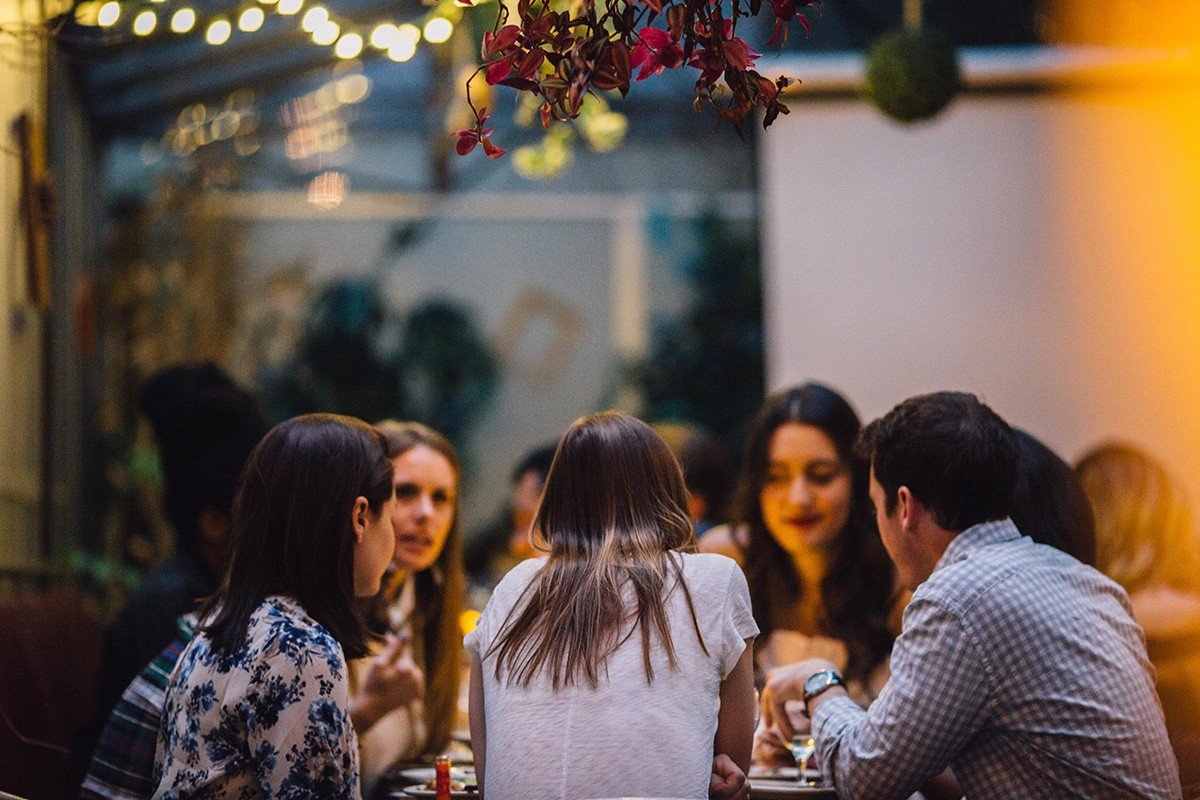The Art Of Good Conversation
Great conversationalists have the perfect balance between humour and seriousness, depth and simplicity, tact and interest, and above all - talking and listening.
Life can be boring, but some people choose to be boring. We have all been stuck with a bore, lovely people no doubt they are, and I am pretty sure we have all been guilty of boring someone else, taking the conversation too far or frankly in the wrong direction with poor conversation.
We need to put that behind us, and if you have already greeted somebody and done all of your 'How do you do?' business as we covered in the previous article, then we are ready to develop our conversation skills.
So, having exchanged greetings, how do you open a conversation well? What's the best way to get started?
First, a great conversationalist has the perfect balance between humour and seriousness, depth and simplicity, tact and interest, and above all - talking and listening. They can really connect with a person and have them walk away feeling refreshed, cared about, and keen to speak again.
Small talk
It begins with small talk, and the English are quite famous for it. Some find it tiresome, but it is a tried and tested way in much of Western culture; it is dipping your toe in the water as opposed to letting it all hang out, which we are recently discovering to be a poor alternative.
Small talk should be small in topic importance and duration. As soon as you have greeted someone, follow up quite quickly with something; otherwise, delay and silence will foster a sense of awkwardness before you have even started. The sooner you get the small talk in, the sooner you can move on to better subjects. By that, I do not mean it is a gruelling ritual, but in fact, a great key in unlocking broader conversation.
Good tried and tested opening gambits for small talk may include:
Have you come far?
How was your journey?
How do you know Sam? (if mutual friends with the host)
And yes...
Good weather we've been having lately, haven't we?
You can always depend on the Weather Question in any tense or awkward conversation. Some would say a last resort, but a reliable last resort.
Say what you see
Think of Roy Walker from TV's catchphrase 'Say what you see!'
Using your surroundings is an easy way to spark a conversation that could go down any road. There will almost always be plenty of things in sight that can form the basis of a question.
What do you think of that painting?
Have you been here before?
Lovely flowers, aren't they?
Do you know much about this building?
Suddenly, these questions can take you down an exciting avenue. The other person might respond with a funny anecdote about receiving awful flowers at work or some insightful fact they do know about the building, from which you can develop the conversation further by any details mentioned in their answer.
That is how a real dynamic conversation works and how small talk sets you up properly, without any 'hacks', 'secrets' or cod-psychology.
Questions to avoid
Try not to make any personal or direct questions too soon. Mistaken questions may include:
Where are you from?
What do you do?
Why are you here?
Are you married?
...and so on.
The first two, while commonplace these days, are rarely brilliant icebreakers since they result in one-word answers that do not necessarily open the conversation (unless both of you are tactful and excellent conversationalists).
'What do you do?' may sound so ordinary, but the sad reality is that many people hate their jobs these days or might not have one at all, so a really uninspiring answer is quite probable for both of you.
Instead, say:
Are you working on anything interesting at the moment?
That is plenty of scope for a worthy answer.
Using compliments correctly
Opening with a compliment can work very well and make you seem charming and generous, but the key to a good compliment is to make it as soon as possible into the conversation and not to make a big thing of it - make it sincere but brief. If you wait to make a compliment, it will feel out of place and too manufactured, which will look awkward.
Good complimenting puts focus on the other person too. For example,
Don't say: I like that jacket.
Say: That jacket looks great on you.
Providing the other person can accept a compliment correctly (by saying 'Thank you') and not dive into self-deprecation, you will pull it off (not the jacket) because you are telling them what they want to hear rather than focusing on the opinion of 'I'.
If you obey these guidelines, I assure you that you will have very smooth and productive conversations even with people you thought were too difficult to get on with. But that is what makes somebody a great conversationalist.
If you have situations of your own you would like answers on to suggest for the Man For Today blog, get in touch!




